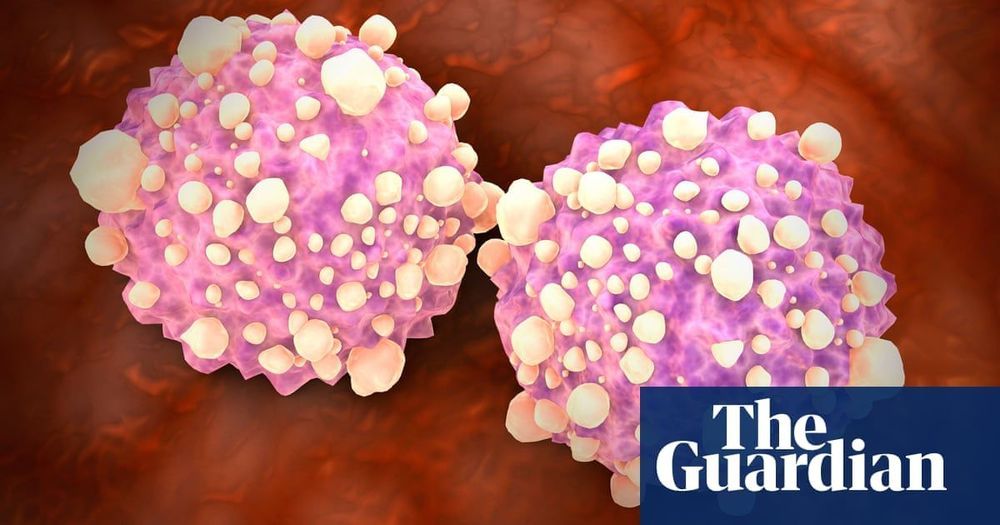System uses machine learning to offer new way to screen for hard to detect cancers.
In 2002, my husband and I became seriously ill after a vacation to Martha’s Vineyard. It took ten doctors and a year to discover the root cause: We’d been bitten by unseen ticks harboring the parasites that cause Lyme disease and babesiosis, a malaria-like disease.
Our road to recovery was grueling, requiring five years of intermittent antimicrobial treatments. Later, I discover that my situation wasn’t all that uncommon. About one in five Lyme patients continue to suffer from ongoing symptoms after being treated with the recommended course of antibiotics. After that experience, it was abundantly clear that we need better treatments.
That’s why I was excited to hear about a study from Stanford Medicine researchers and their collaborators that provides evidence that the drug azlocillin eliminates the bacteria that cause Lyme disease at the onset of infection in lab mice and cultures.
O„.o carbon nanotube suit.
Researchers announce new military funding in search for body armor skin that could be 300 percent stronger than anything we’ve seen before.
In Christopher Nolan’s Batman Begins, there’s a scene where inventor Lucius Fox, played by Morgan Freeman, explains that Wayne Enterprises has created a prototype body armor for the U.S. infantry that’s as light as Kevlar but bullet- and knife-proof. Bruce Wayne asks why it never went into production. “The bean counters figured a soldier’s life wasn’t worth the 300 grand,” Fox replies.
In real life, and with Defense Department money, researchers from Florida Atlantic University, or FAU, are using advanced polymers and carbon nanotubes to engineer a new type of body fabric that could prove 300 percent as strong as today’s state of the art, but just as light.
Getting far better at predicting what research will produce may be the only way to save the world.
All animals rely on oxygen at least at some stage of their life, but a parasite that infects fish seems to have completely lost the ability to use it – where it gets its energy from is still a mystery.
Philip Anderson, the theoretical physicist whose ideas reshaped condensed matter physics and stretched to the forefront of other fields, died yesterday in Princeton, New Jersey. He was 96. Anderson had spent the past 45 years at Princeton University, which confirmed his death in a statement.
Combative savant made contributions—and enemies—across many fields.
Scientists have taken a step forward in their ability to decode what a person is saying just by looking at their brainwaves when they speak.
They trained algorithms to transfer the brain patterns into sentences in real-time and with word error rates as low as 3%.
Previously, these so-called “brain-machine interfaces” have had limited success in decoding neural activity.
Over-Actuated Hexapod Robot
Posted in robotics/AI
“Proprioceptive Control of an Over-Actuated Hexapod Robot in Unstructured Terrain,” by Marko Bjelonic, Navinda Kottege and Philipp Beckerle from Technische Universitat Darmstadt and CSIRO, Brisbane, Australia was presented at IROS 2016 in Daejeon, South Korea.
Despite significant limitations, Viet Nam has defied expectations and is tackling the spread of coronavirus. Here’s how.









